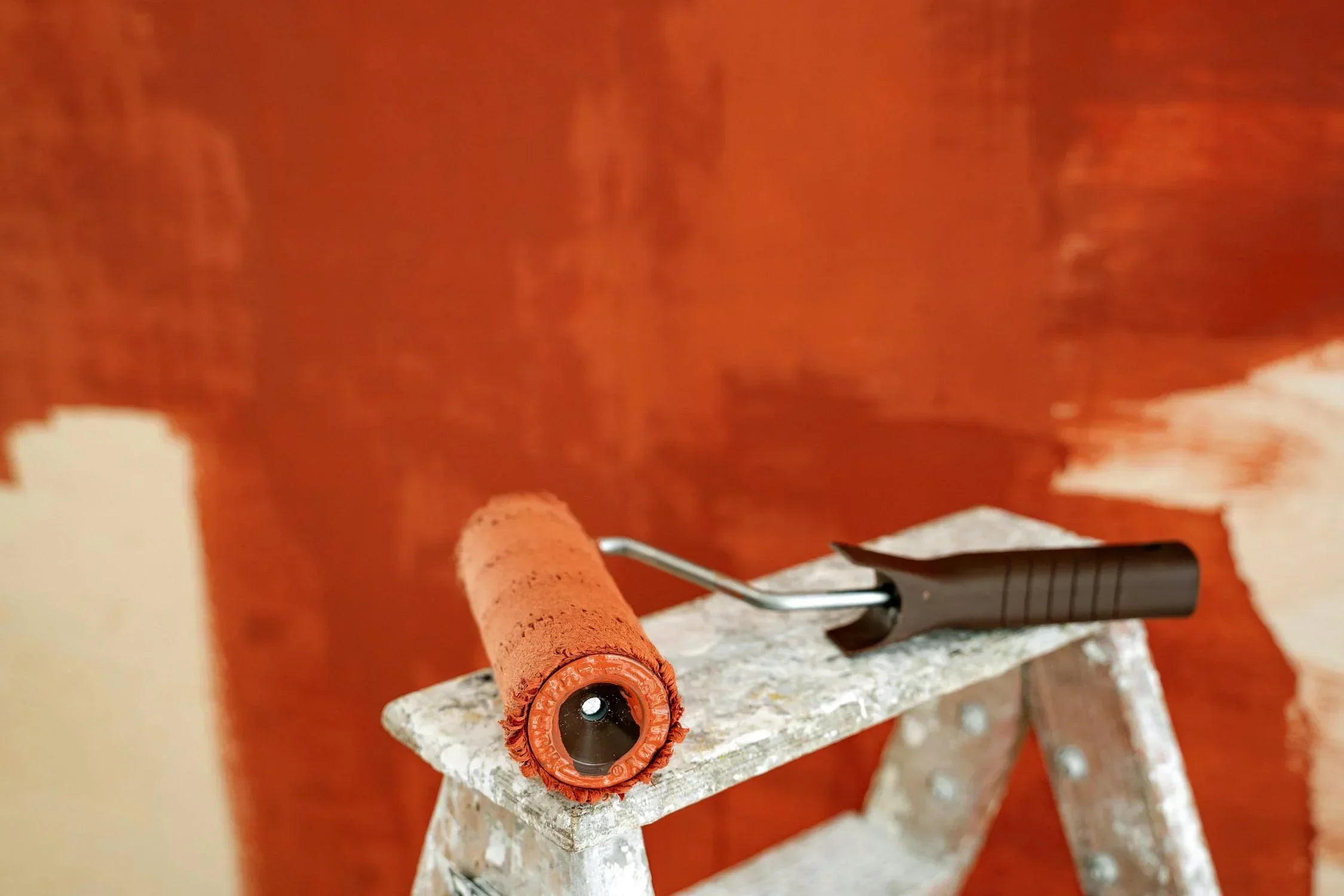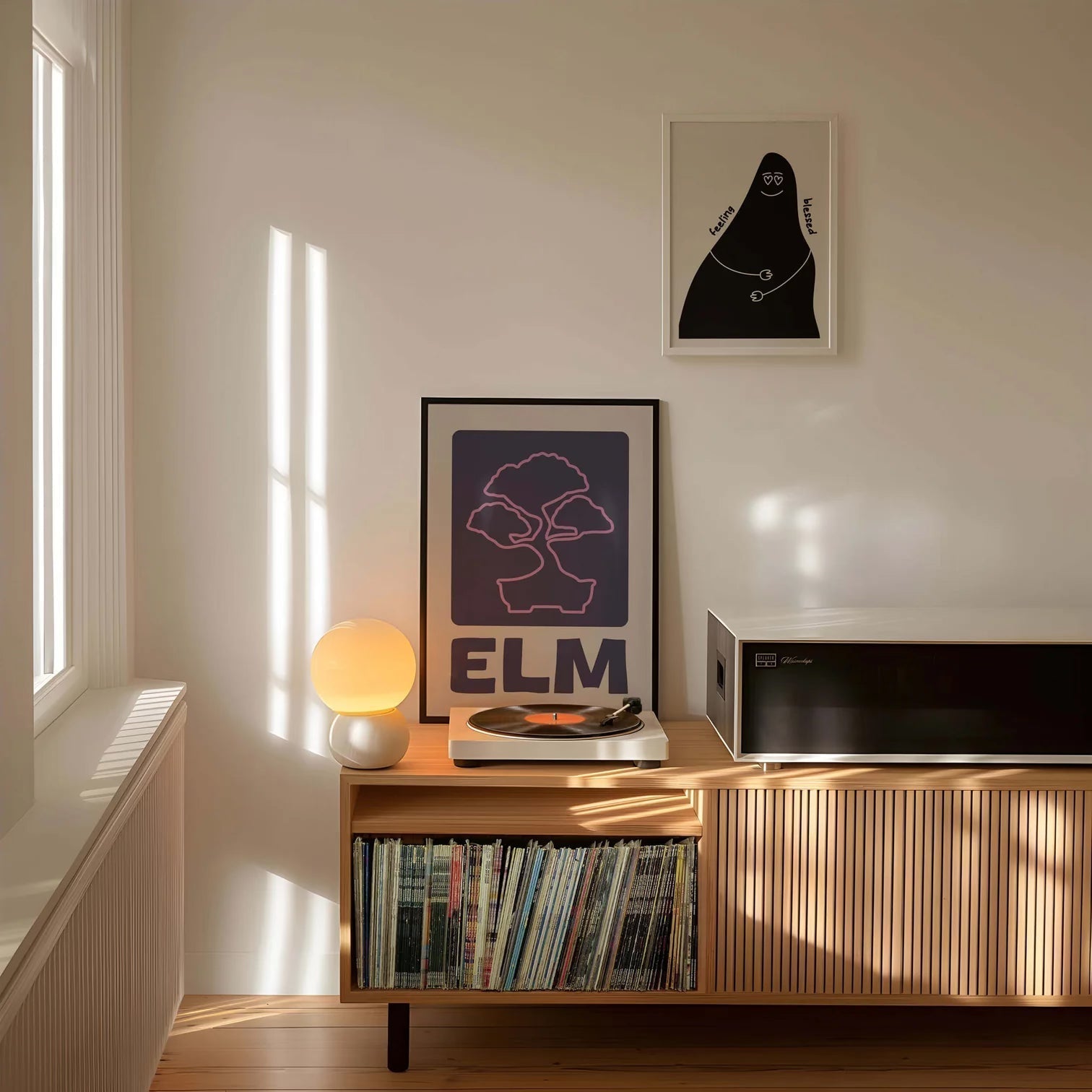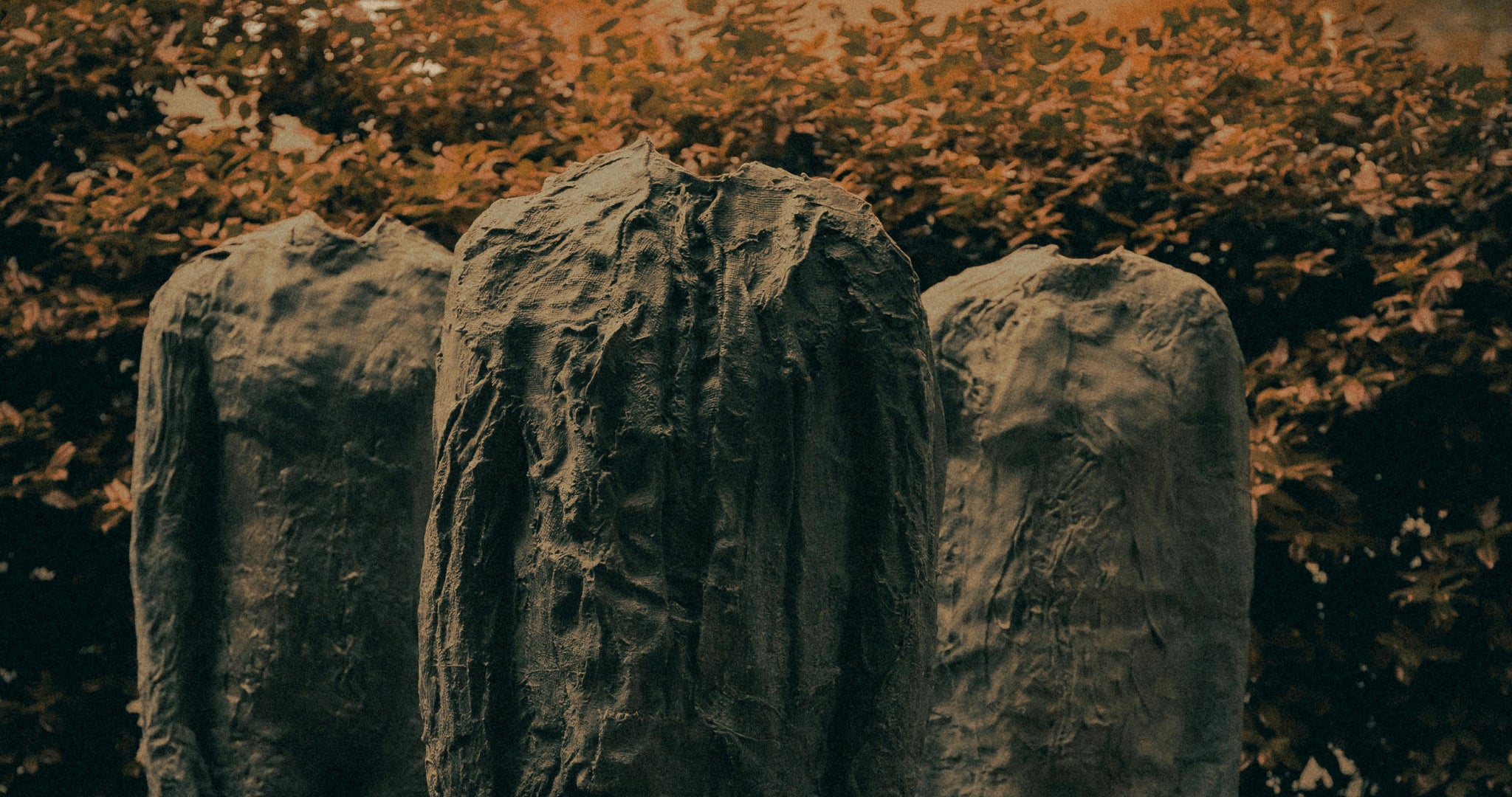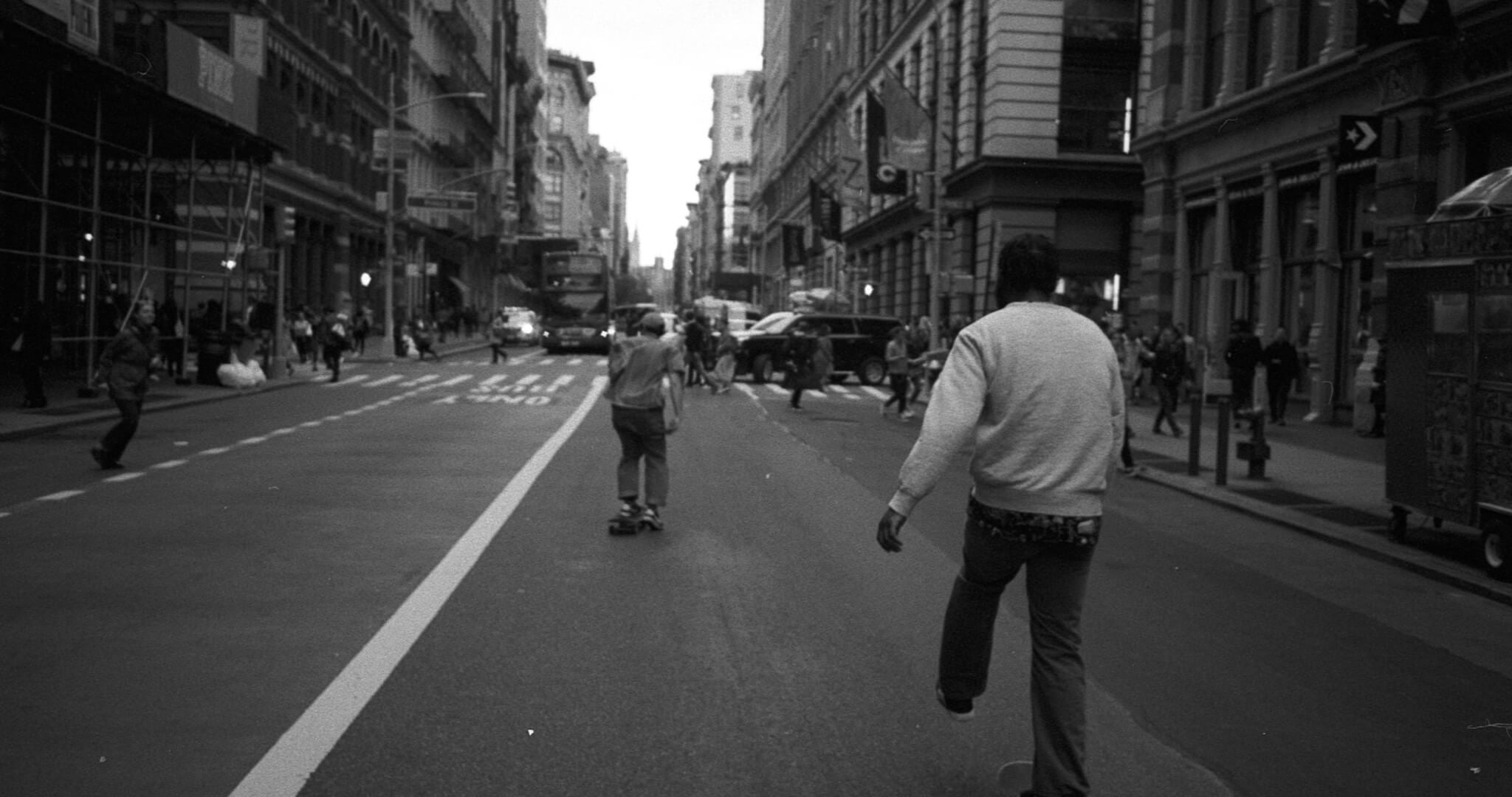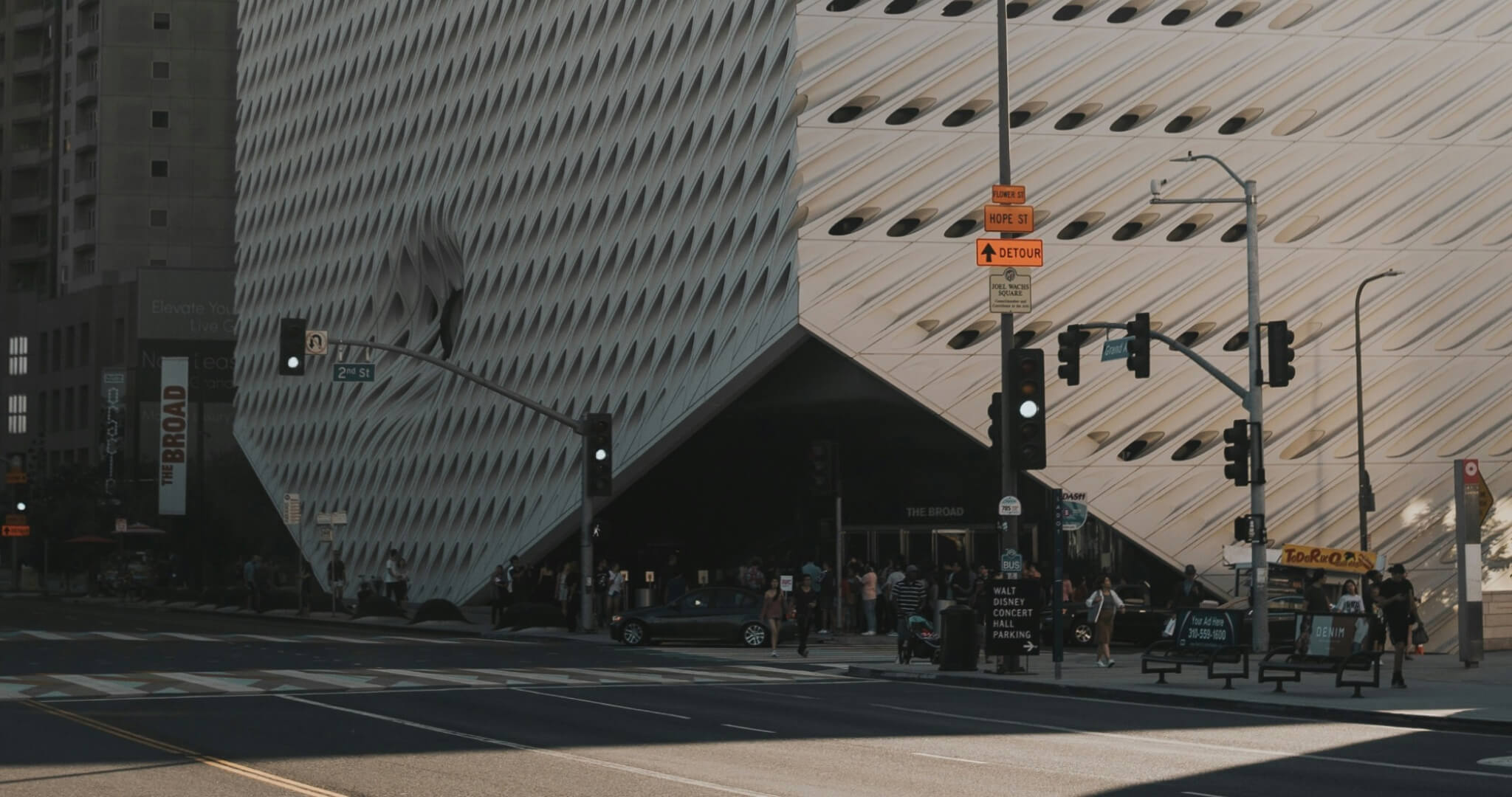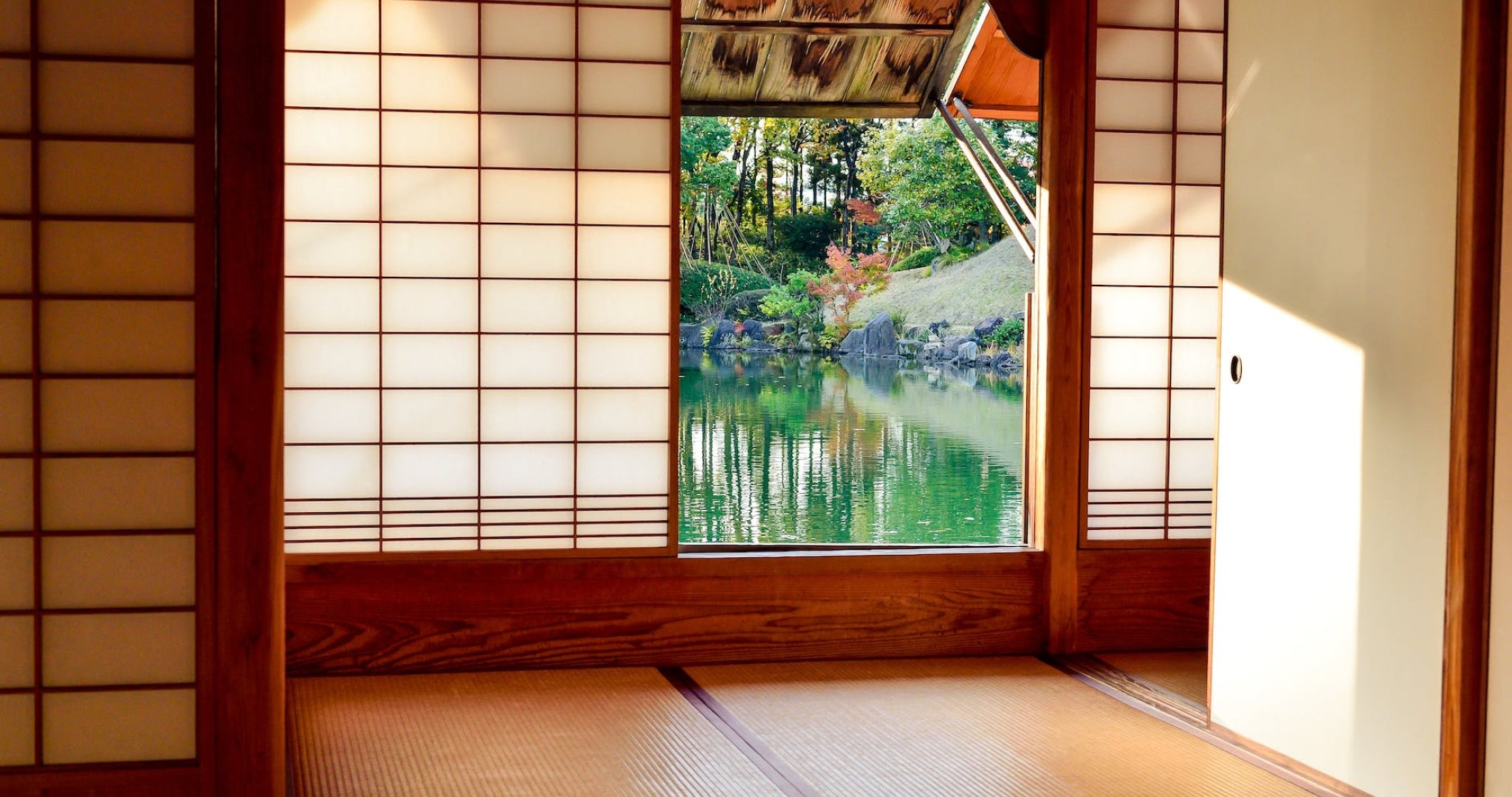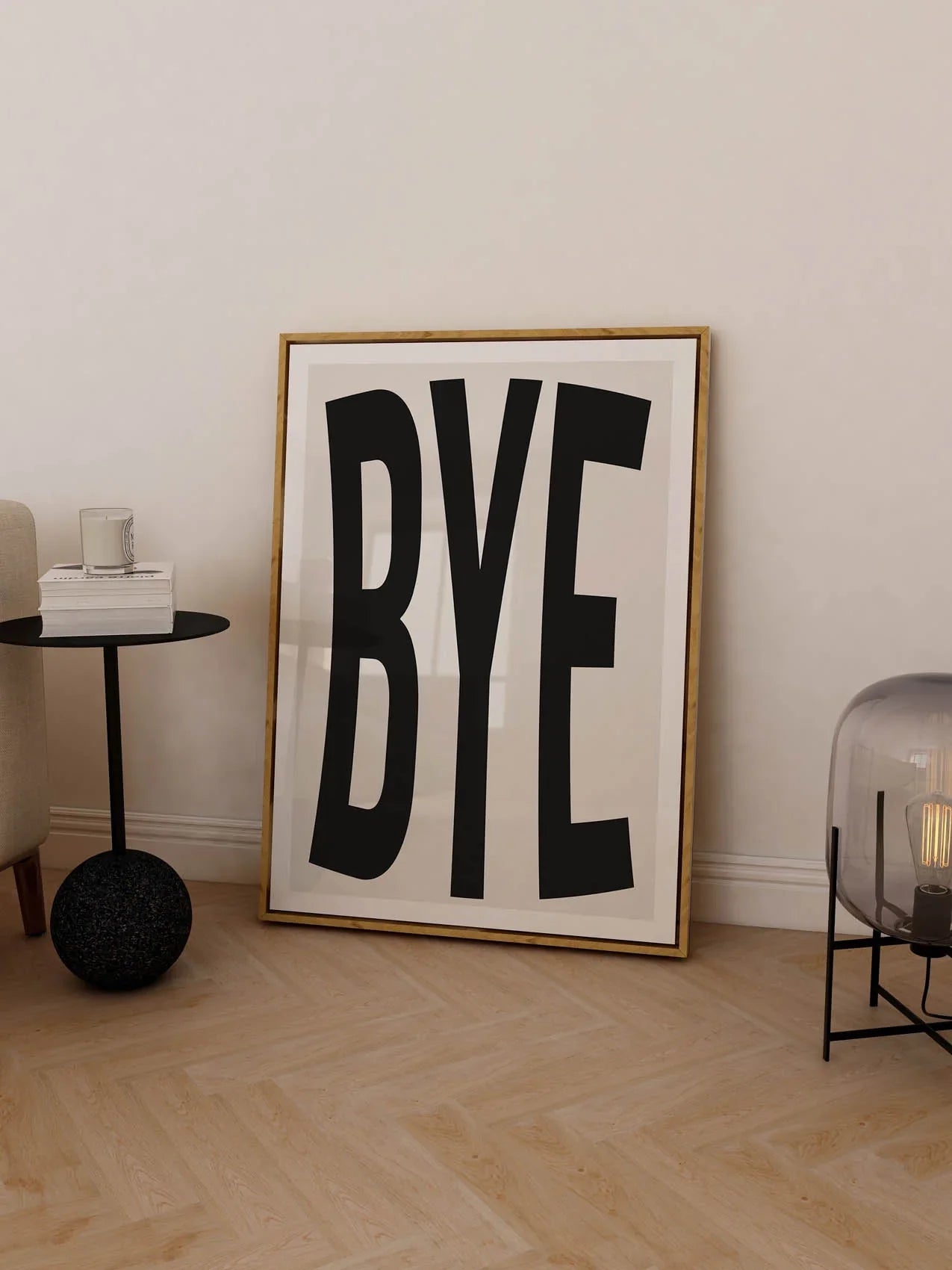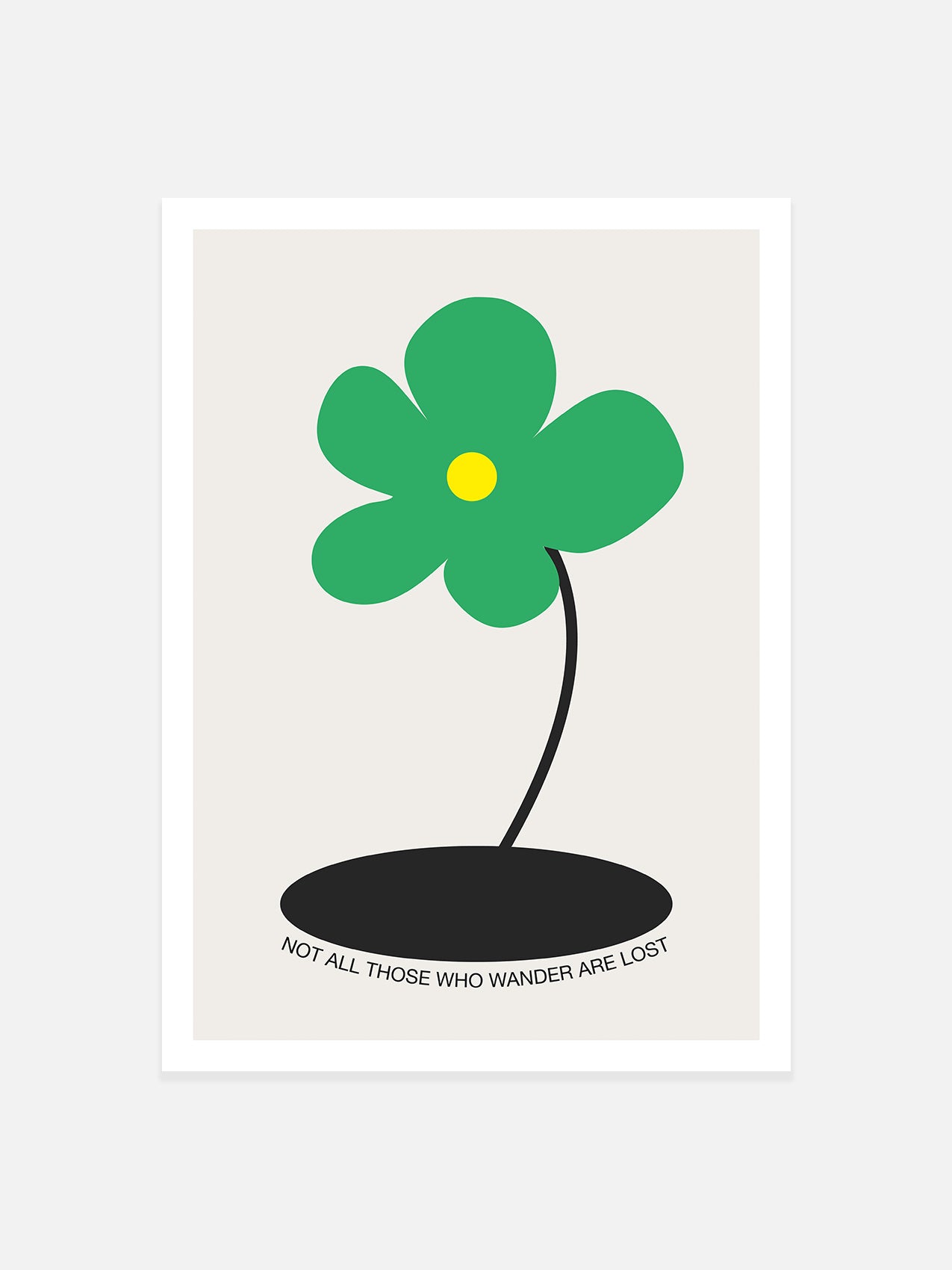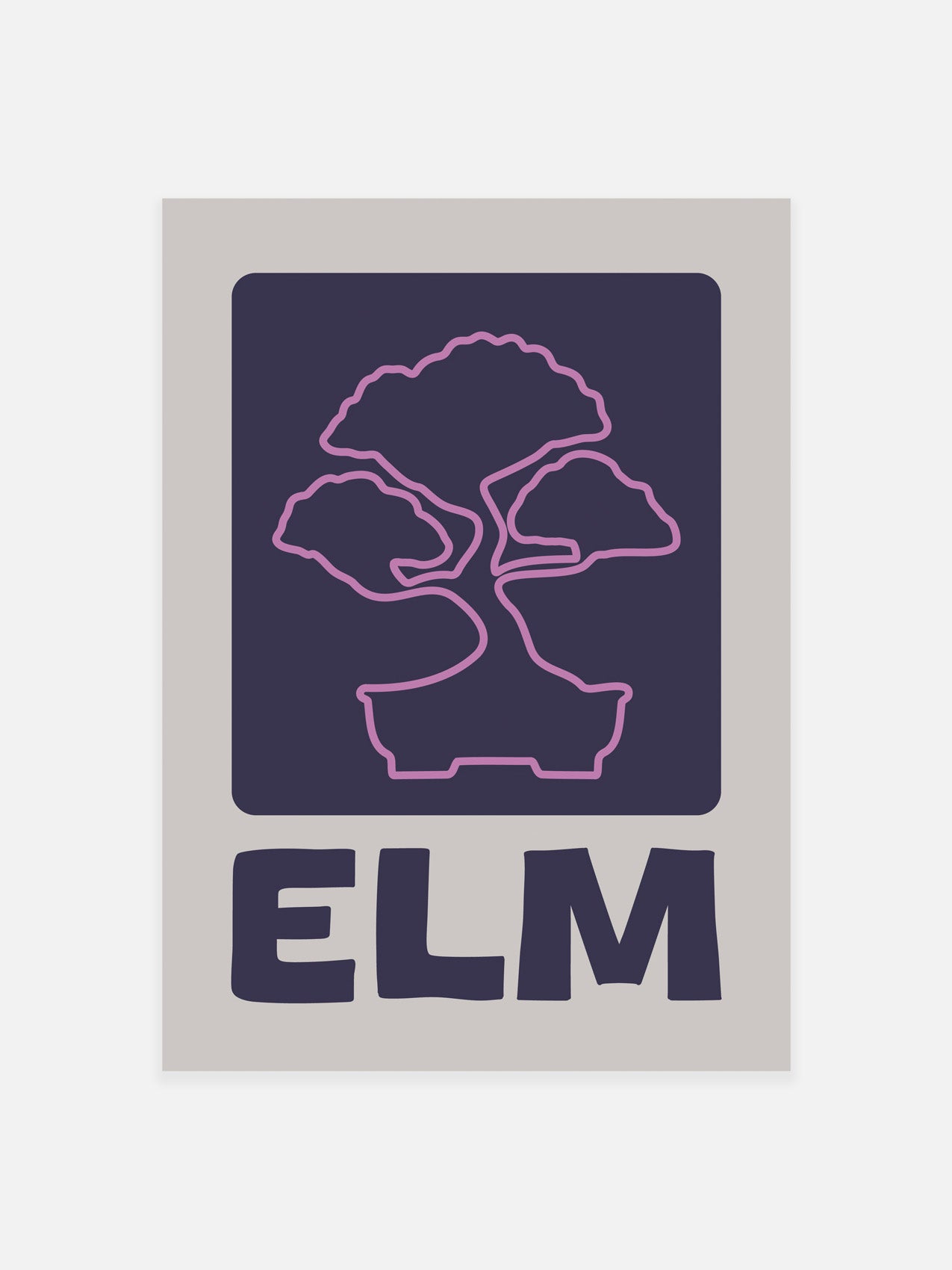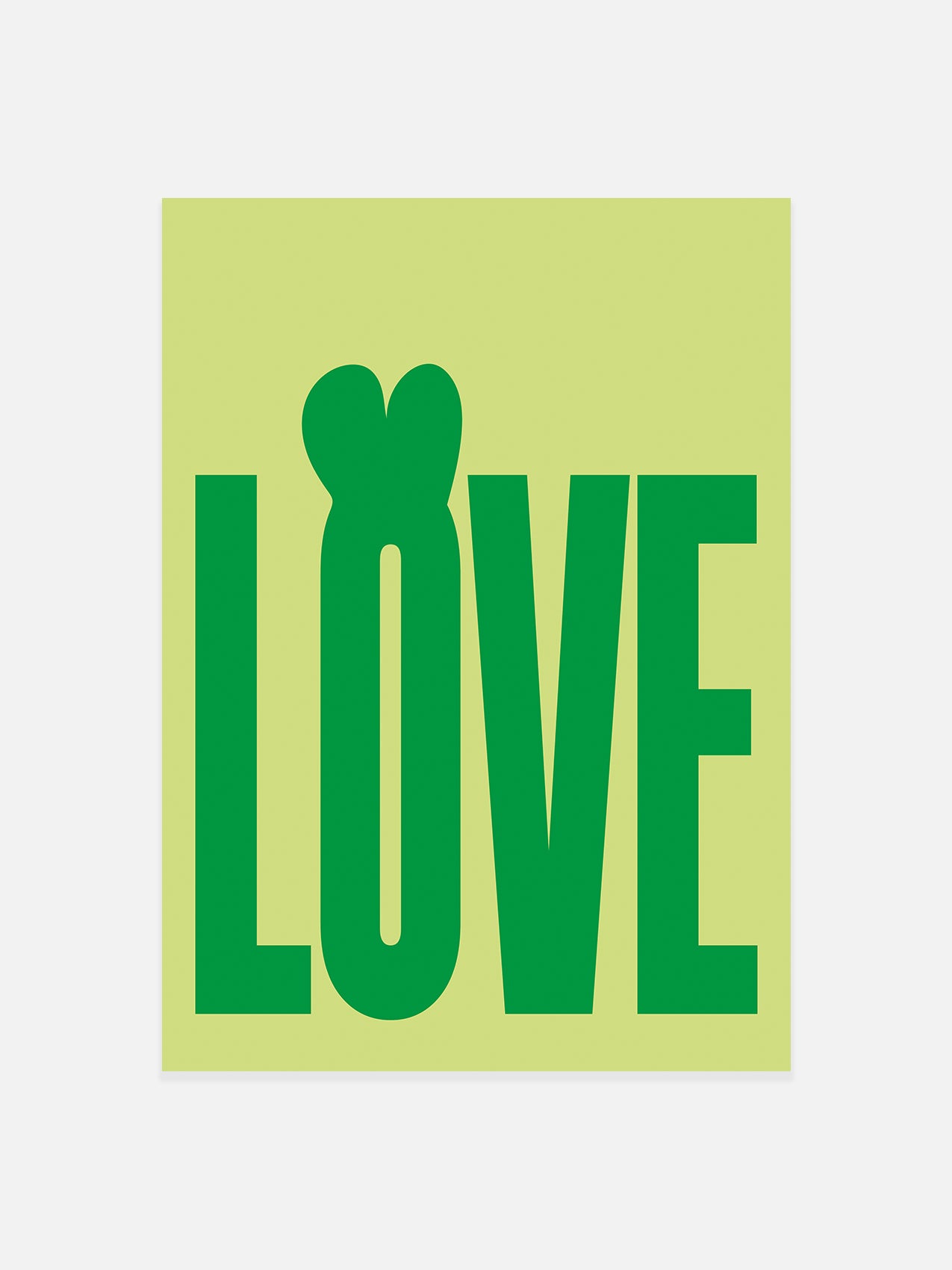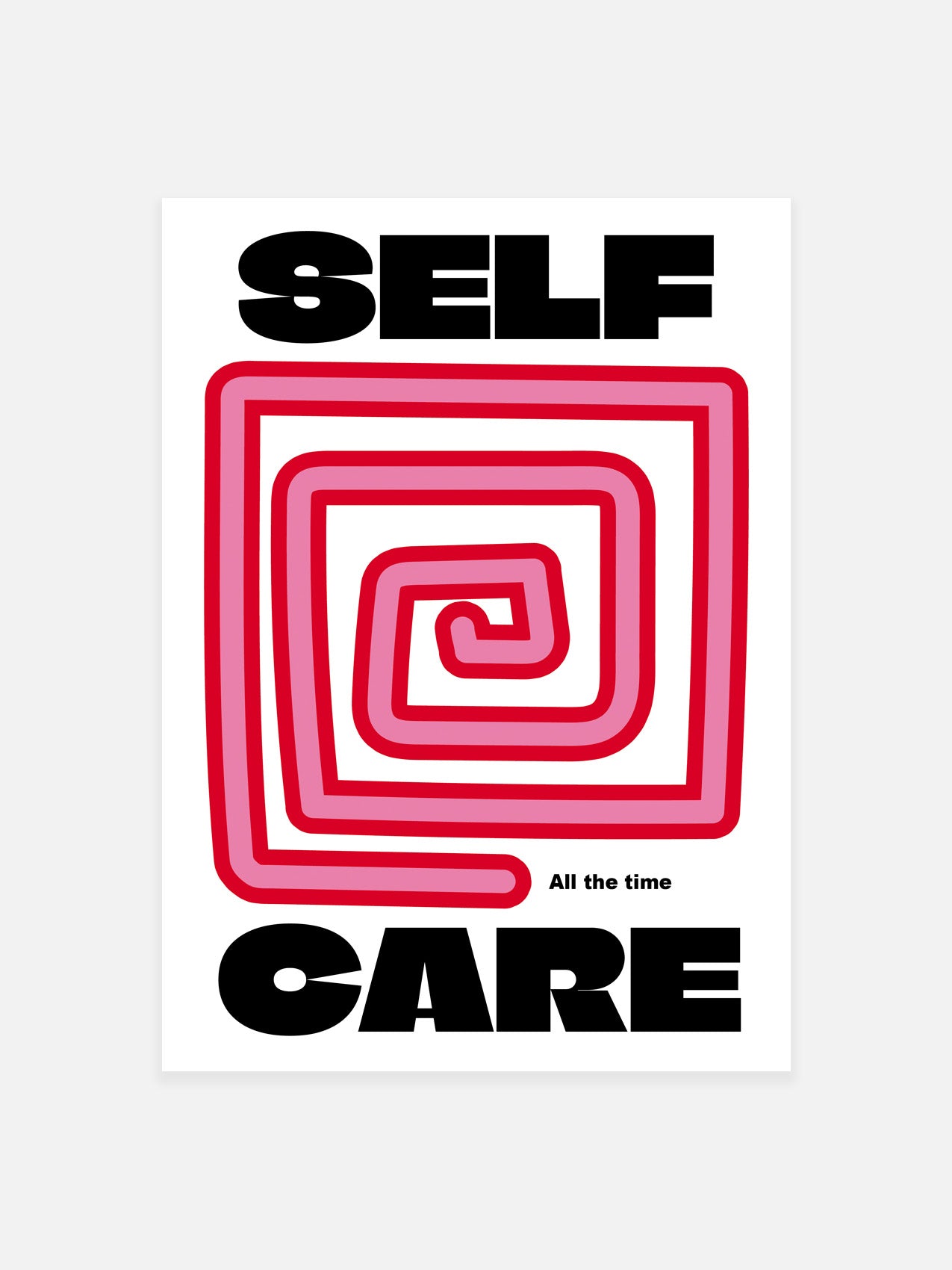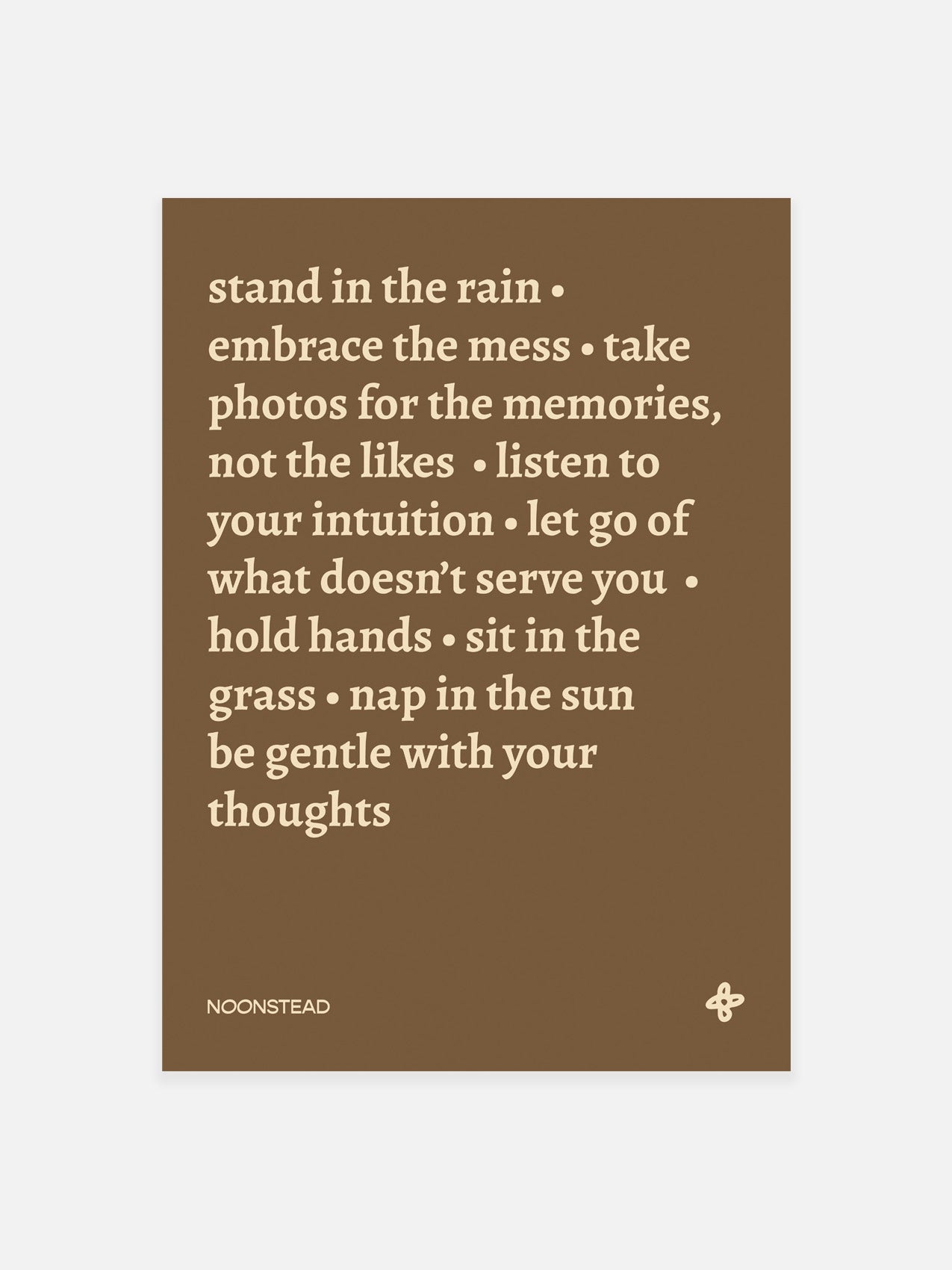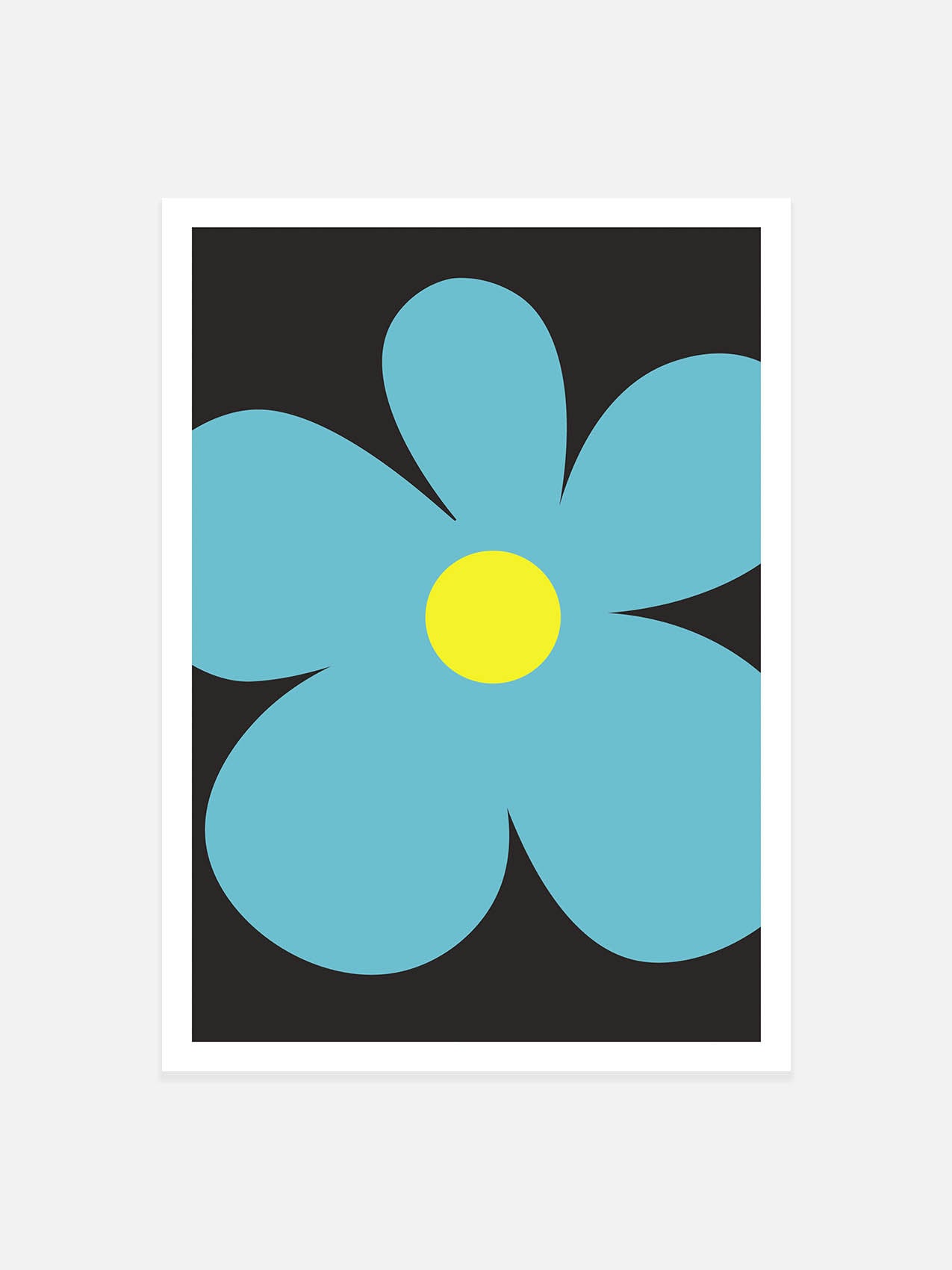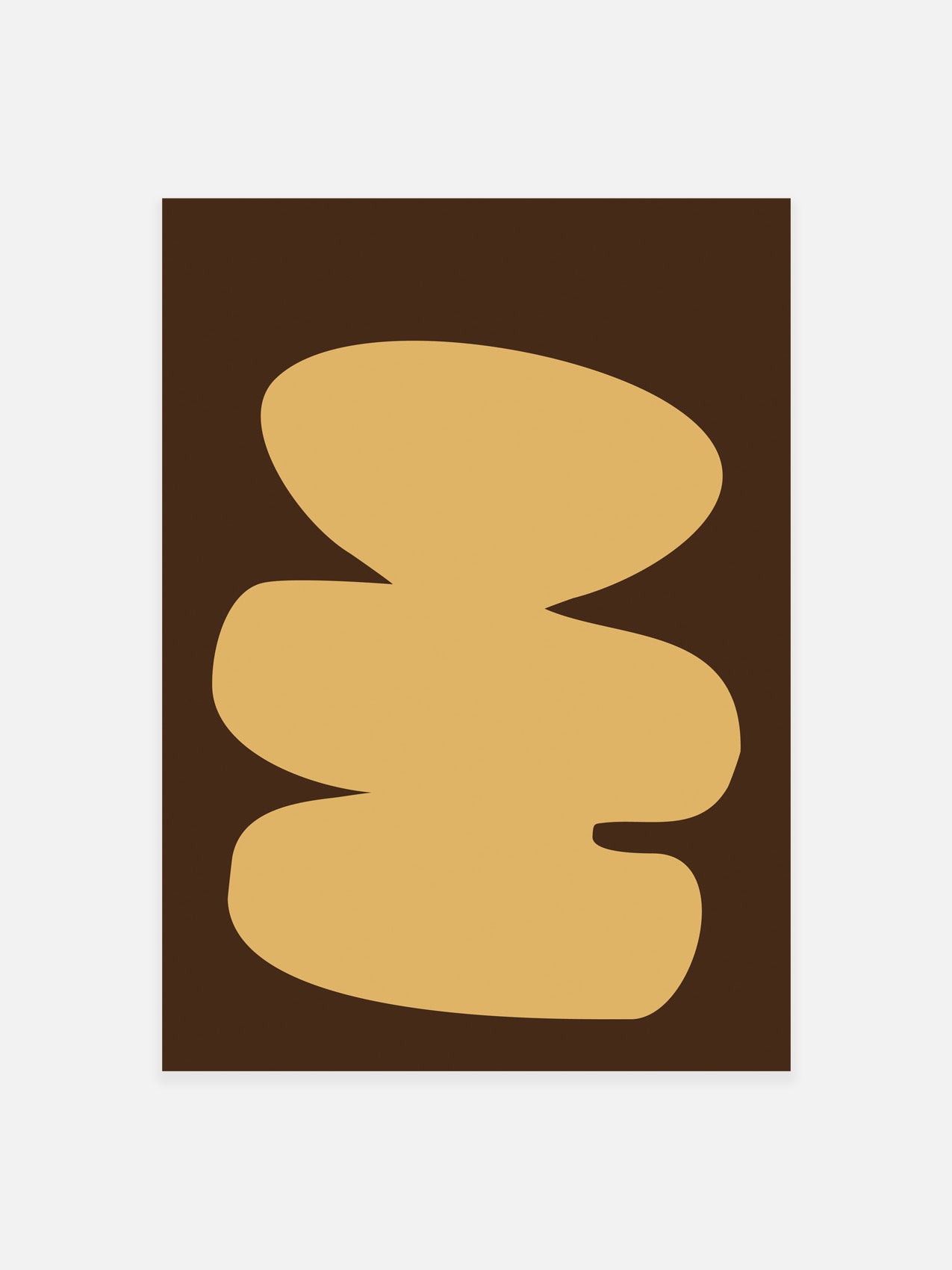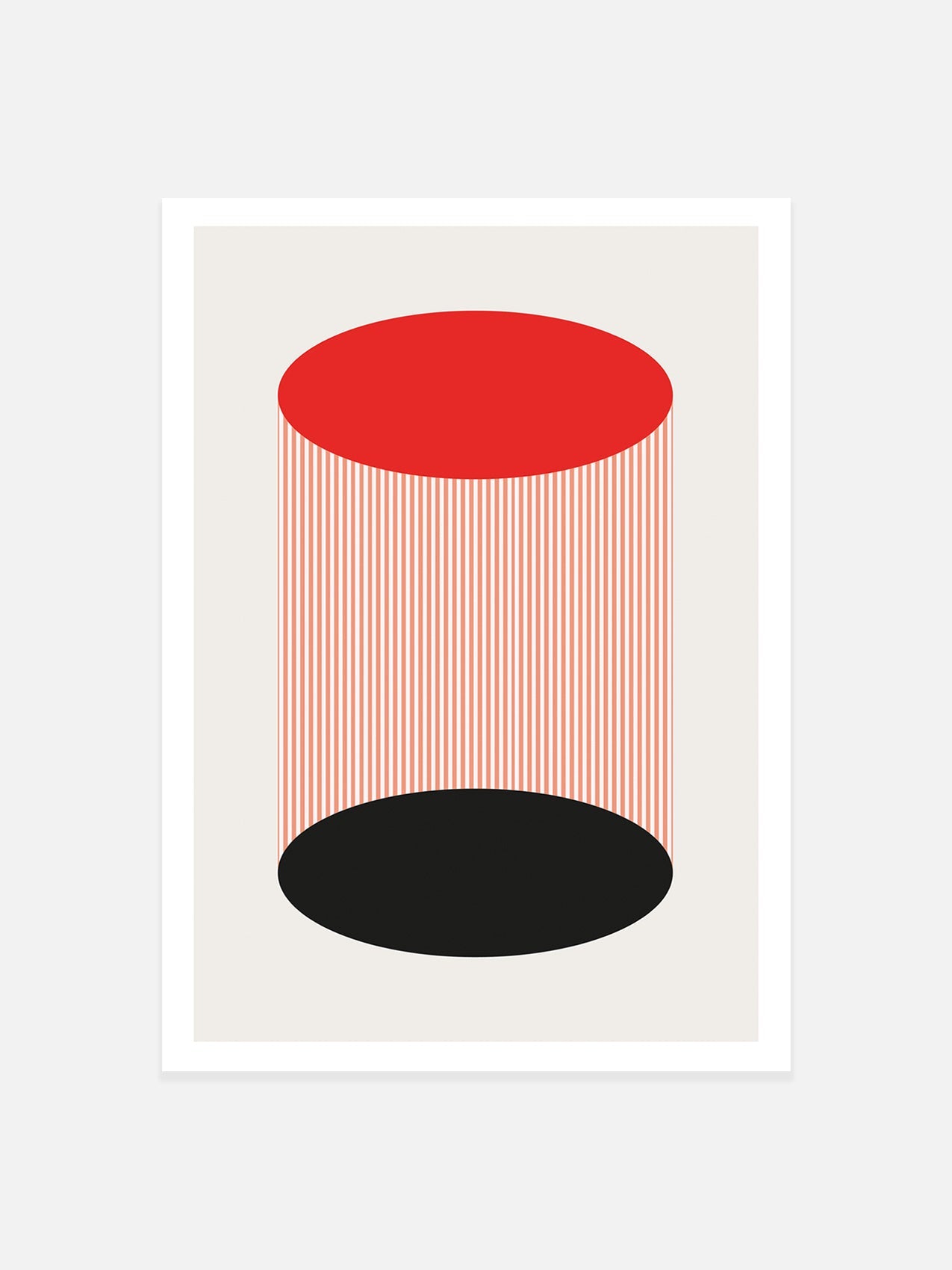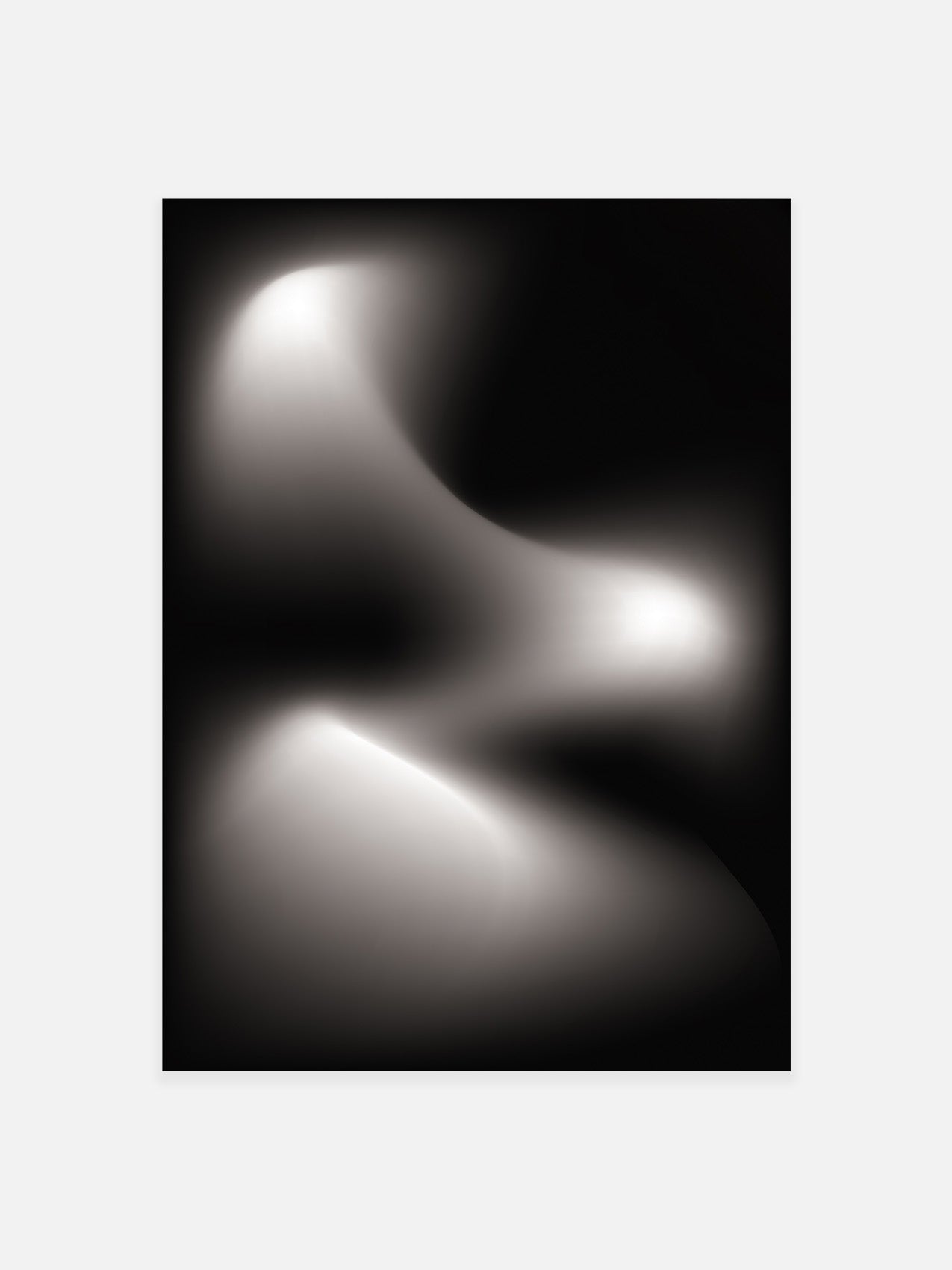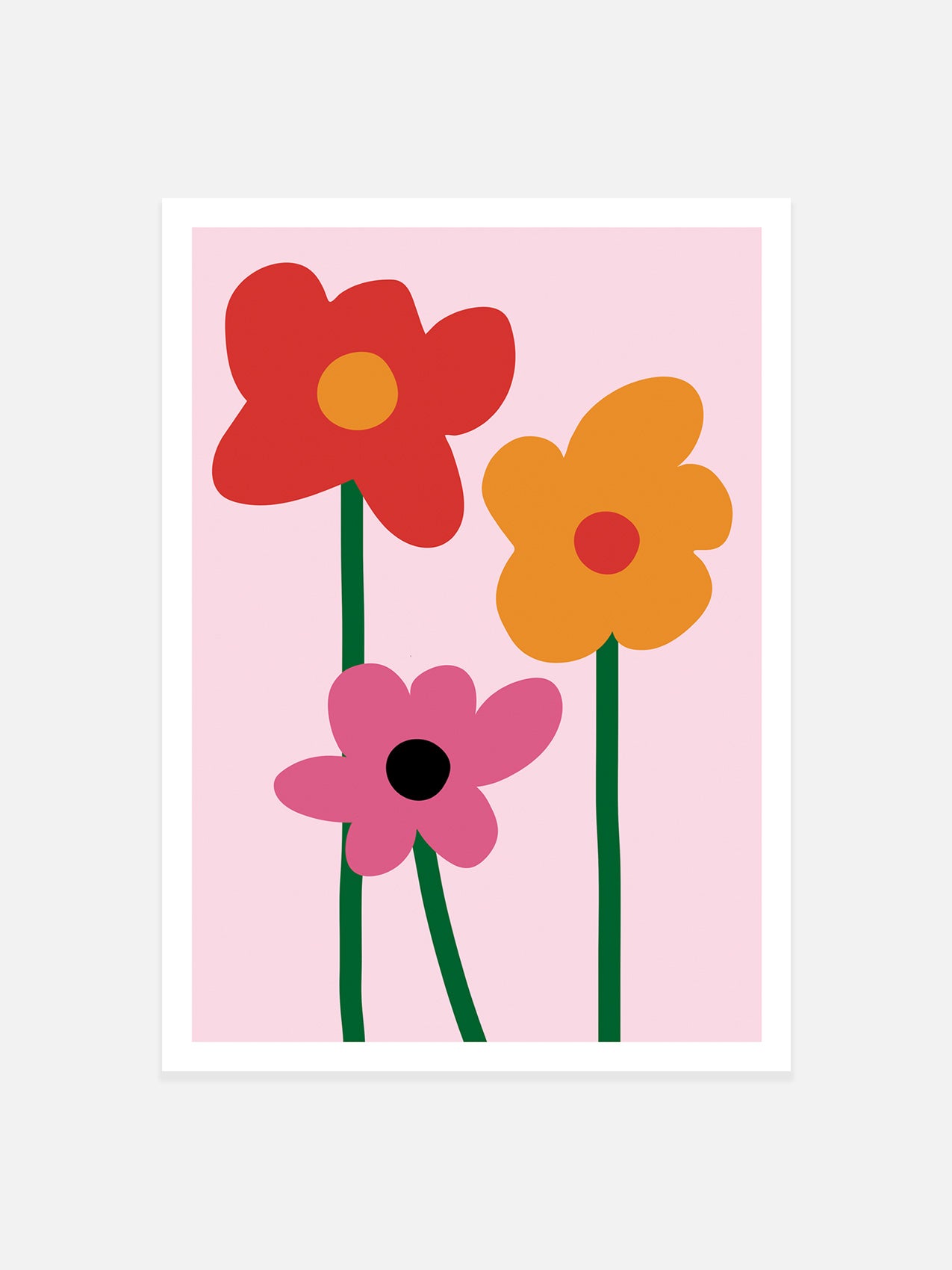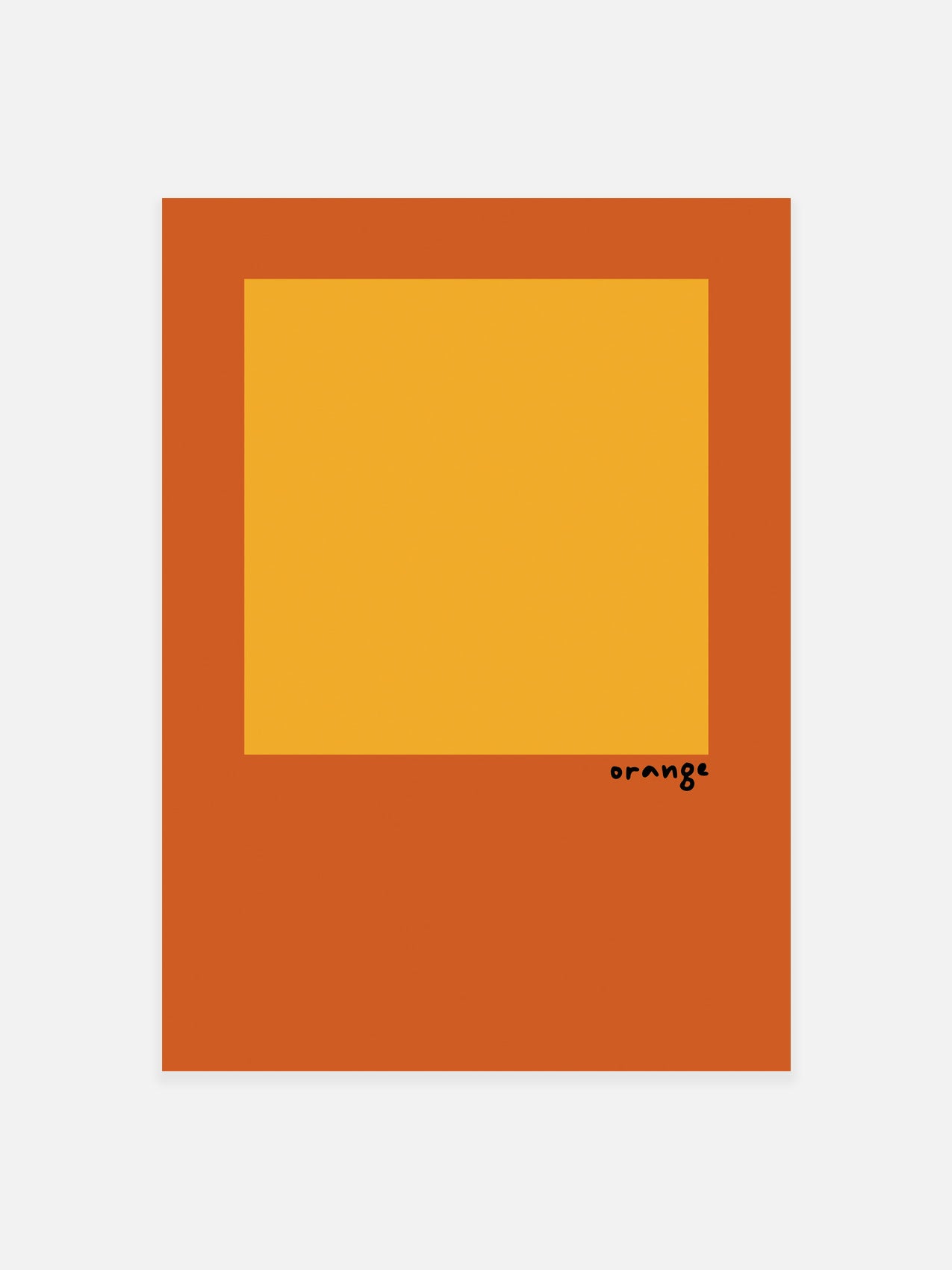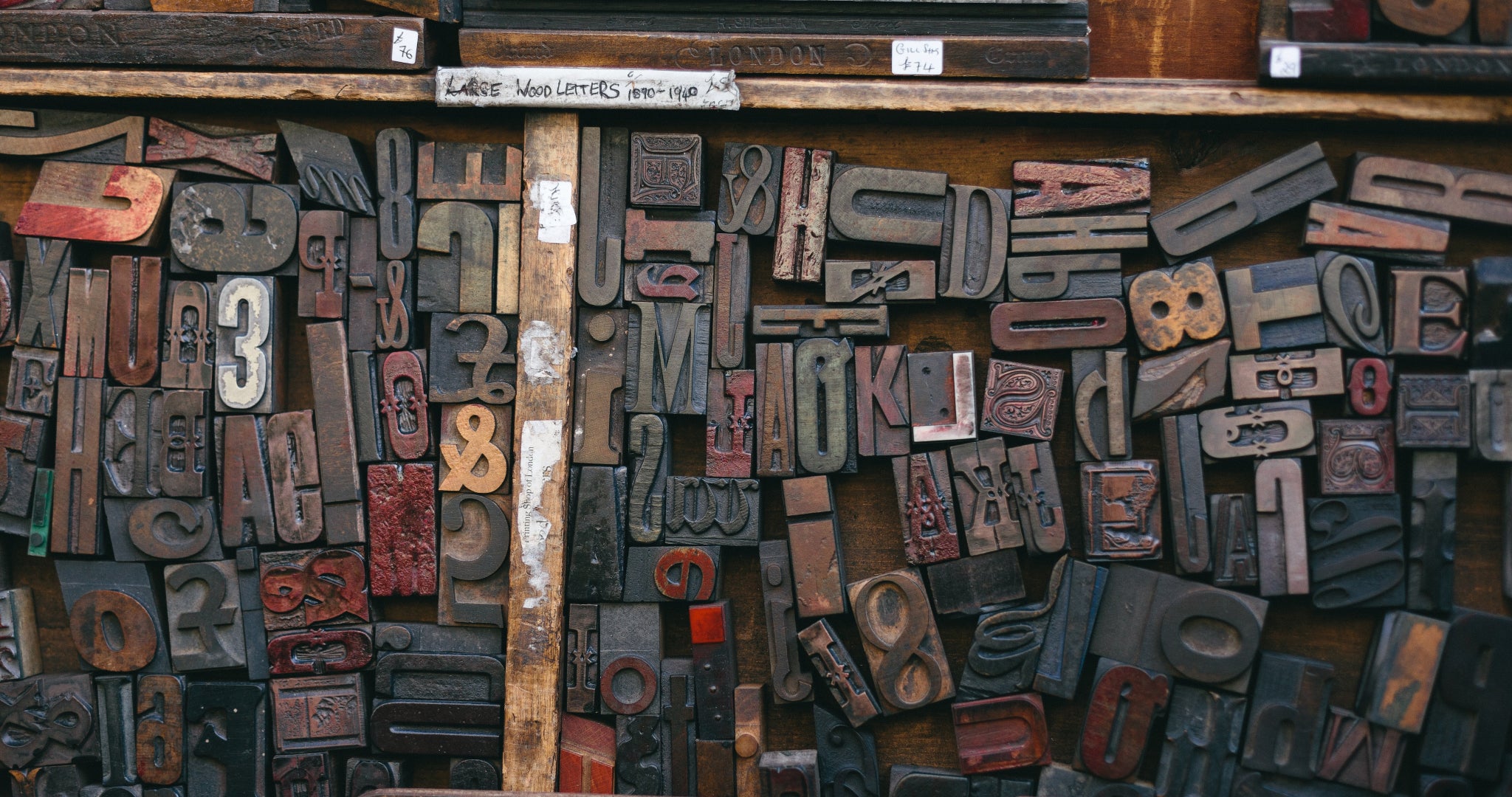
An Introduction to the World of Printmaking
Welcome to the captivating world of printmaking, where artistry and technique converge to create stunning visual masterpieces. In this blog post, we invite you to embark on a journey of discovery as we delve into the history, techniques, and creative possibilities that make printmaking such a beloved and cherished art form. Join us as we unlock the secrets of this captivating medium and explore how artists bring their visions to life through a variety of printing techniques.
Printmaking is a versatile and expressive art form that has captured the imaginations of artists for centuries. Its roots can be traced back to ancient times, where early civilisations used primitive methods of stamping, rubbing, or stencilling to transfer images onto various surfaces. Over time, printmaking techniques evolved, paving the way for more sophisticated and refined processes that we admire today.
The Origins of Printmaking:
The origins of printmaking can be traced back to ancient times when civilisations utilised various relief printing techniques to create images. In China, woodblock printing was a popular method, where intricately carved wooden blocks were inked and pressed onto paper, resulting in bold and detailed prints. Similarly, in Japan, the technique of ukiyo-e emerged, characterised by vibrant woodblock prints depicting scenes from everyday life.
Techniques of Printmaking:
Printmaking encompasses a diverse range of techniques, each offering unique opportunities for artistic expression. Let's explore some of the most popular techniques:
1. Relief Printing: Relief printing involves carving away the negative spaces of a block, leaving the raised areas to be inked and printed. Woodcuts and linocuts are two prominent examples of relief printing. Artists carefully carve their designs into a block of wood or linoleum, apply ink to the raised surface, and press it onto paper. The result is a striking image with bold lines and contrasting textures.
2. Intaglio Printing: Intaglio refers to the process of incising or etching a design onto a metal plate. The plate is then inked, and excess ink is wiped away, leaving ink only in the incised lines. The plate is pressed onto damp paper, and the pressure transfers the ink onto the paper, creating a print. Techniques such as etching, engraving, and aquatint fall under the umbrella of intaglio printing, offering artists a wide range of tonal and textural possibilities.
3. Lithography: Lithography is a planographic technique based on the principle that oil and water repel each other. Artists draw their designs directly onto a smooth stone or metal plate using greasy materials. The plate is then chemically treated to fix the image, inked, and pressed onto paper. Lithography allows for intricate details, tonal variations, and the potential for multiple colours and layers.
4. Screen Printing: Also known as silkscreen or serigraphy, involves transferring ink through a fine mesh screen onto paper or fabric. A stencil is created on the screen, and ink is pushed through the open areas using a squeegee. Each colour requires a separate screen, enabling artists to layer colours and create complex compositions. Screen printing is renowned for its versatility, vibrant colours, and its application in various art forms, from posters and T-shirt designs to fine art prints.
The Appeal of Printmaking:
Printmaking holds a unique appeal for both artists and art enthusiasts. For artists, the medium offers a multitude of creative possibilities. The meticulous process of carving, etching, or drawing intricate designs requires patience and precision, resulting in prints that showcase exceptional detail and craftsmanship. Printmaking techniques allow artists to experiment with texture, composition, and colour, transforming their visions into tangible works of art.
For art enthusiasts, prints provide an accessible way to collect and appreciate art. Limited edition prints, in particular, offer the opportunity to own a piece of an artist's work at a more affordable price compared to original paintings or sculptures. Collecting prints allows individuals to explore various styles, techniques, and artists, building a diverse and meaningful art collection.
Exploring the World of Printmaking:
Immerse yourself in the world of printmaking by visiting museums galleries, and printmaking studios in your area. Attend printmaking exhibitions to discover the breadth and depth of artistic expression within the medium. Engage with printmakers and learn about their processes, inspirations, and techniques. Consider taking a printmaking workshop to try your hand at creating your own prints and experience the joy of bringing your artistic ideas to life.
Conclusion:
The world of printmaking is a captivating realm where creativity, technique, and artistic vision intertwine. From the ancient origins of relief printing to the modern innovations of lithography and screen printing, this diverse medium continues to captivate artists and art enthusiasts worldwide. As we conclude our journey through the intricacies of printmaking, let us reflect on the enduring allure and significance of this art form.
Beyond technique, printmaking carries a profound history and cultural significance. From the iconic woodblock prints of Hokusai's "The Great Wave" to the social commentaries depicted in Francisco Goya's etchings, prints have long served as a vehicle for storytelling, expression, and social critique. They capture moments in time, emotions, and societal shifts, leaving an indelible mark on our collective consciousness. In today's modern world, printmaking continues to evolve and adapt. Artists experiment with new materials, combine techniques, and embrace digital advancements to push the boundaries of what is possible. The medium resonates with a broad range of artistic styles and genres, from abstract and minimalist prints to bold and vibrant creations.
Printmaking not only offers artists a means of artistic expression but also invites art enthusiasts to embark on a visual journey. Collecting prints allows individuals to own a piece of an artist's vision, to be transported by the intricate details, textures, and stories embedded within each print. Whether adorning the walls of a gallery, a home, or a corporate setting, prints add a touch of elegance and sophistication while sparking conversations and evoking emotions.
At its core, printmaking is a celebration of craftsmanship, creativity, and the shared human experience. It unites artists and admirers in their appreciation for the intricate beauty and the countless hours invested in the creation of each print. It is a reminder that art has the power to transcend boundaries, ignite imaginations, and foster connections across cultures and generations.
People also read
Modern Art Prints & Abstract Wall Art: The Ultimate Guide to Stylish Walls in 2025
Love cool art but not sure what actually works on your walls? We get it. This guide covers everything you need to know about modern art prints, abstract design, styling tips, and our most-loved picks at Noonstead.

